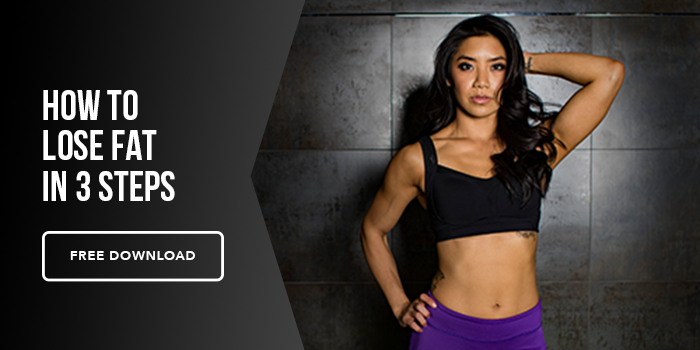Isometric training is a type of strength training method in which the joint angle and muscle length do not change during contraction; you are still contracting the muscle, but there is no movement.
Most people think of weight training with concentric and eccentric contractions. A concentric contraction is when the muscle shortens and the joint angle decreases, while an eccentric contraction is when the muscle lengthens and the joint angle increases. During a bicep curl, the initial part of the movement when you raise the dumbbell is the concentric force, while the eccentric contraction occurs when you lower it back down.
If you wanted to produce an isometric contraction, you would simply hold the dumbbell at a set angle (many people hold at around 90 degrees) and maintain a static position without lengthening or shortening the muscle during an allotted period of time.
A popular adaptation of isometric training is functional isometrics. With this technique, you contract the muscle and the resistance moves a limited distance, where it then stops against an immovable object. For example, you can perform an overhead press at a squat rack to head-height, where iron pins are placed in the rack to stop the movement. The lift is then held at that position for about 5 seconds, as you constantly push against the pins with maximum force.
Is it superior to other training methods?
If you are a novice to isometric training, it can be a beneficial tool to help challenge your muscles to a new type of stressor. I promise, that by implementing an isometric workout here and there will make your arms, legs, (or body) quiver!
Isometric training helps develop excellent mind-body connection, allowing you to focus on the appropriate muscle or muscle groups involved in the contraction. If you want to improve your muscle endurance, there is a time and a place for isometric training as well, which is the ability to sustain exercise for a long period of time.
And for those recently injured, isometric exercises are usually the first types of strength movements adapted to prevent muscle atrophy, and regain muscle loss during the injury and rehabilitation period while keeping joints and recovering tissue safe.
However, if your goal is to build muscle and improve performance, it may not be the best resistance training strategy.
For muscle to grow, there needs to be metabolic stress placed on the muscle. When this occurs, muscle strength and/or size increases (depending on exercise intensity and programming–I talk a little more about that here). It turns out that the coupling of concentric and eccentric contractions stimulate muscle hypertrophy more effectively than isometric training.
Another idea to consider is that you are not making your muscles stronger through its entire range of motion. If you want to make your quads stronger while squatting, stress must be placed throughout the entire squat, instead of just in the bottom position while completing an isometric hold. You may get better at stressing the quads in that position, but not necessarily during the lowering and lifting stage of the squat. For an athlete who is required to move through a large arc of motion, let’s say with hurdles, isometric training may not be the best tool to get stronger and perform better.
Overall, isometric training has its pros and cons. It’s an amazing strategy to help work on form and develop a sense of proper muscle activation, but it may not always be the best type of method if you want to build muscle or enhance strength through the joints' entire range of motion.
Some Quick Tips
- It is REALLY easy to hold your breath while performing an isometric movement. Please don’t do that. Breath as you normally would.
- If you are doing a weight-bearing exercise, start with a much lighter weight than one you would normally use. A safe place to start is about half the resistance of what you would normally lift, or something you could easily knock out 15-20 reps with.
- Like with any exercise, always make sure you are using good form. Even if you are not moving your joints through a range of motion, there is always the possibility of an injury if you do the movement incorrectly.
Sample Full-Body Isometric Workout
If you want to add isometric exercises to your programming, check out the workout below. You can complete all of them for one, complete workout, or maybe add one or two exercises to your current, training regimen.
Sets: 4
Time: 30-60 seconds
Note: Complete the concentric portion of the movement, then hold for 30-60 seconds, or until you can’t maintain proper form.
Set 1:
Wall Sits
Low Squat
Set 2:
Push-Up
Overhead Hold
Set 3:
Plank
Glute Bridge
Inverted Row






